Oklahoma Drought Monitor 6/14/11
Okiedawn OK Zone 7
12 years ago
Related Stories
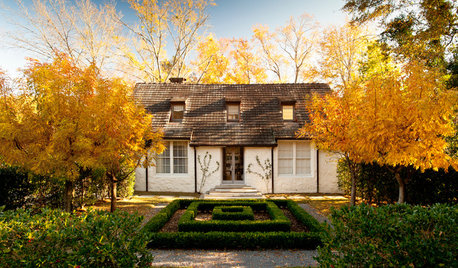
GARDENING GUIDES6 Plants for Colorful Fall Foliage in the Water-Wise Western Garden
Try these colorful, drought-tolerant additions to your garden for a fall season filled with color
Full Story
SAVING WATER11 Ways to Save Water at Home
Whether you live in a drought-stricken area or just want to help preserve a precious resource, here are things you can do to use less water
Full Story
BEFORE AND AFTERSSee 6 Yards Transformed by Losing Their Lawns
Wondering whether a turf lawn is the best use of your outdoor space? These homeowners did, and they found creative alternatives
Full Story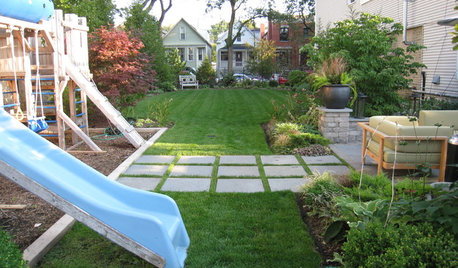
LIFE6 Tips for Teaching Your Kids to Be Good Neighbors
Everyone wins when your children learn to respect boundaries, get help when they need it and show others they care
Full Story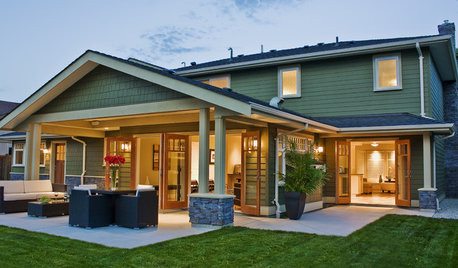
GARDENING AND LANDSCAPING6 Ways to Rethink Your Patio Floor
Figure out the right material for your spring patio makeover with this mini guide to concrete, wood, brick and stone
Full Story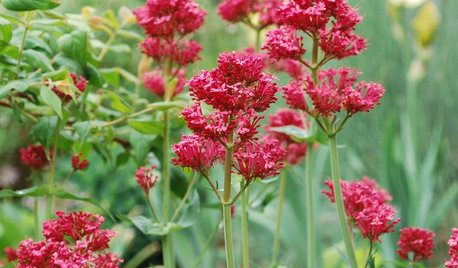
GARDENING GUIDES6 Lovely Water-Wise Perennials for High Altitudes
Even if your climate is cold and dry, you can still celebrate spring with these hardy and colorful perennials
Full Story
GARDENING GUIDES6 Unsung Bulbs for Fall Planting
Don't hang up your spade after summer — plant these unusual bulbs in fall for a spectacular spring show
Full Story
SMALL SPACES11 Design Ideas for Splendid Small Living Rooms
Boost a tiny living room's social skills with an appropriate furniture layout — and the right mind-set
Full Story
STUDIOS AND WORKSHOPS11 Tips to Get the Creative Space You Crave
Life, liberty and the pursuit of your craft. OK, that's paraphrased, but we think you have the right to an inspiring workspace of your own
Full Story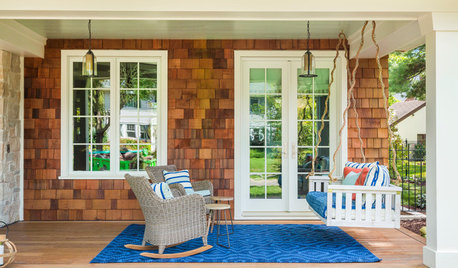
GARDENING AND LANDSCAPING10 Ideas for Decorating Your Summer Porch
Watch the world go by from a porch decked out with comfy furniture and inspiring accessories
Full StorySponsored
More Discussions







Okiedawn OK Zone 7Original Author
okiegarden
Related Professionals
Erie Landscape Architects & Landscape Designers · Lyons Landscape Architects & Landscape Designers · Owings Mills Landscape Architects & Landscape Designers · Simi Valley Landscape Architects & Landscape Designers · Taylorsville Landscape Architects & Landscape Designers · Cockeysville Landscape Contractors · Damascus Landscape Contractors · Lyndhurst Landscape Contractors · Mount Sinai Landscape Contractors · South Lyon Landscape Contractors · Vashon Landscape Contractors · Aberdeen Decks, Patios & Outdoor Enclosures · Beavercreek Decks, Patios & Outdoor Enclosures · Castle Rock Decks, Patios & Outdoor Enclosures · Overland Park Decks, Patios & Outdoor Enclosuresslowpoke_gardener
okiegarden
biradarcm
miraje
scottokla
Okiedawn OK Zone 7Original Author
miraje
scottokla
panhandlejan
okiegarden
Okiedawn OK Zone 7Original Author
scottokla
miraje
Okiedawn OK Zone 7Original Author
TairaKL
chickencoupe